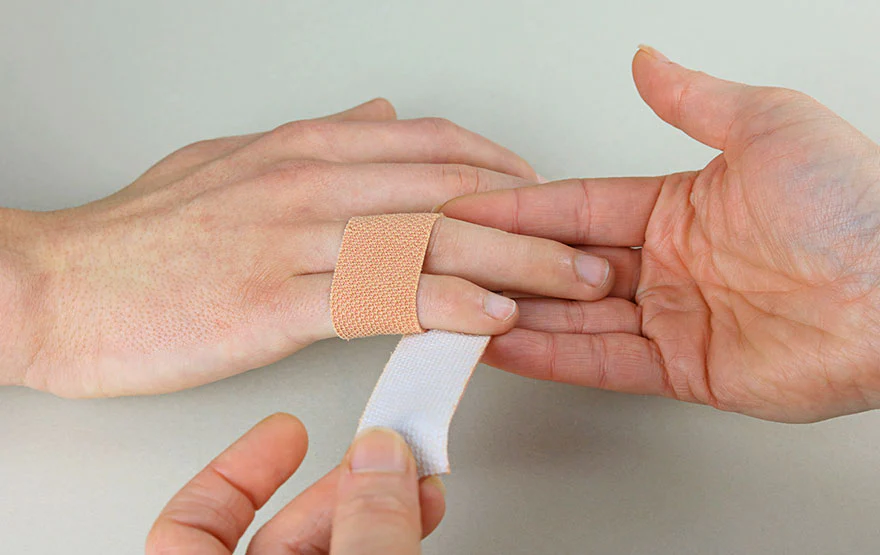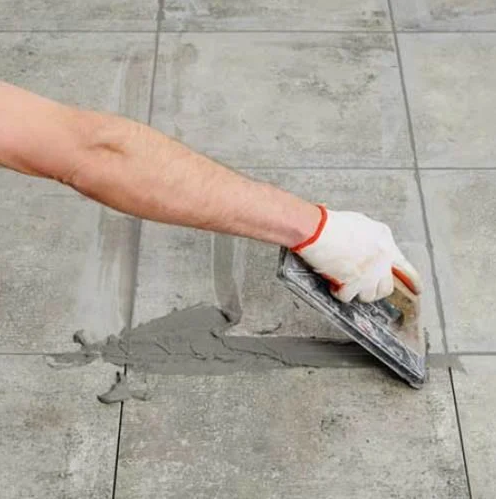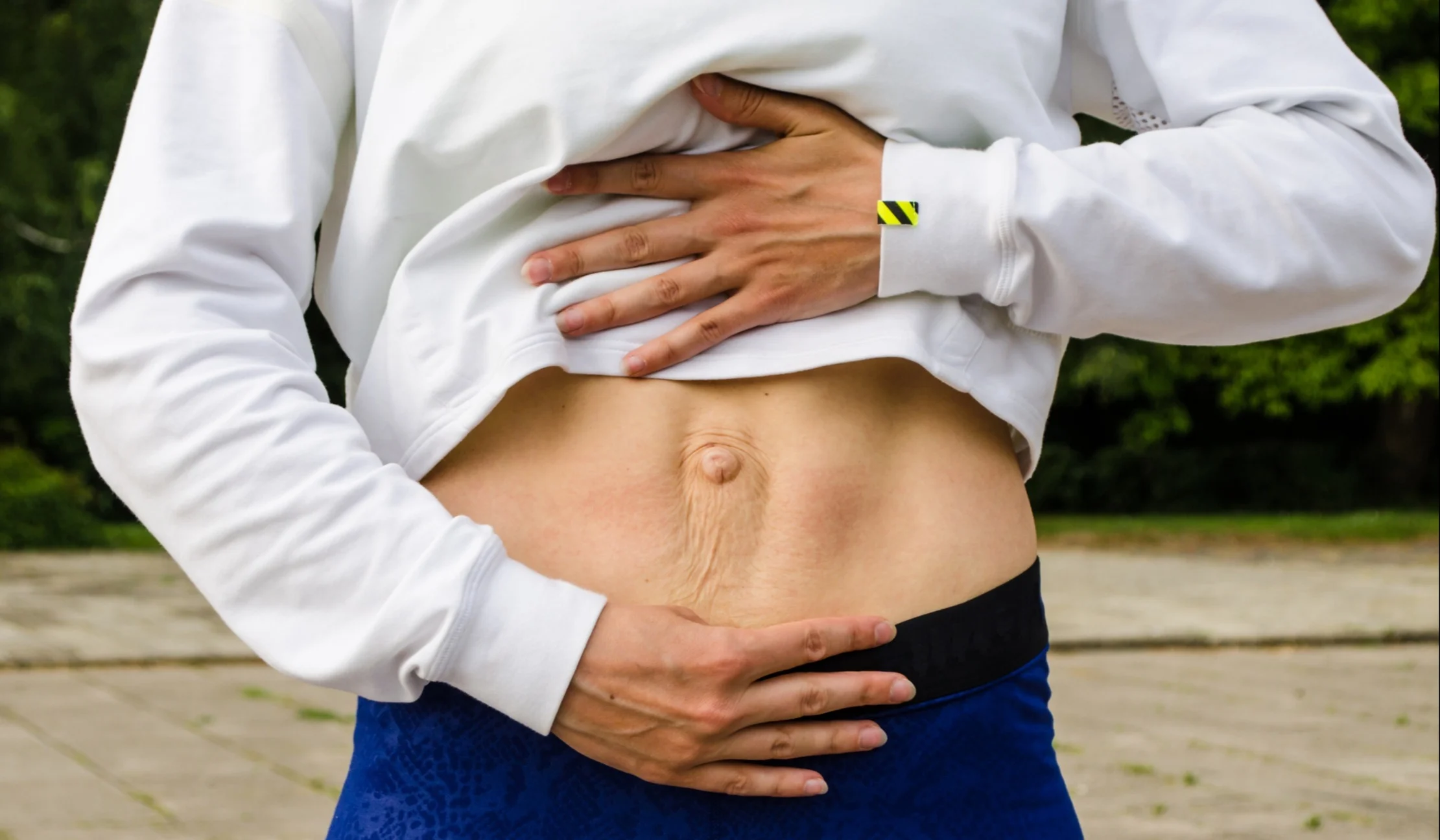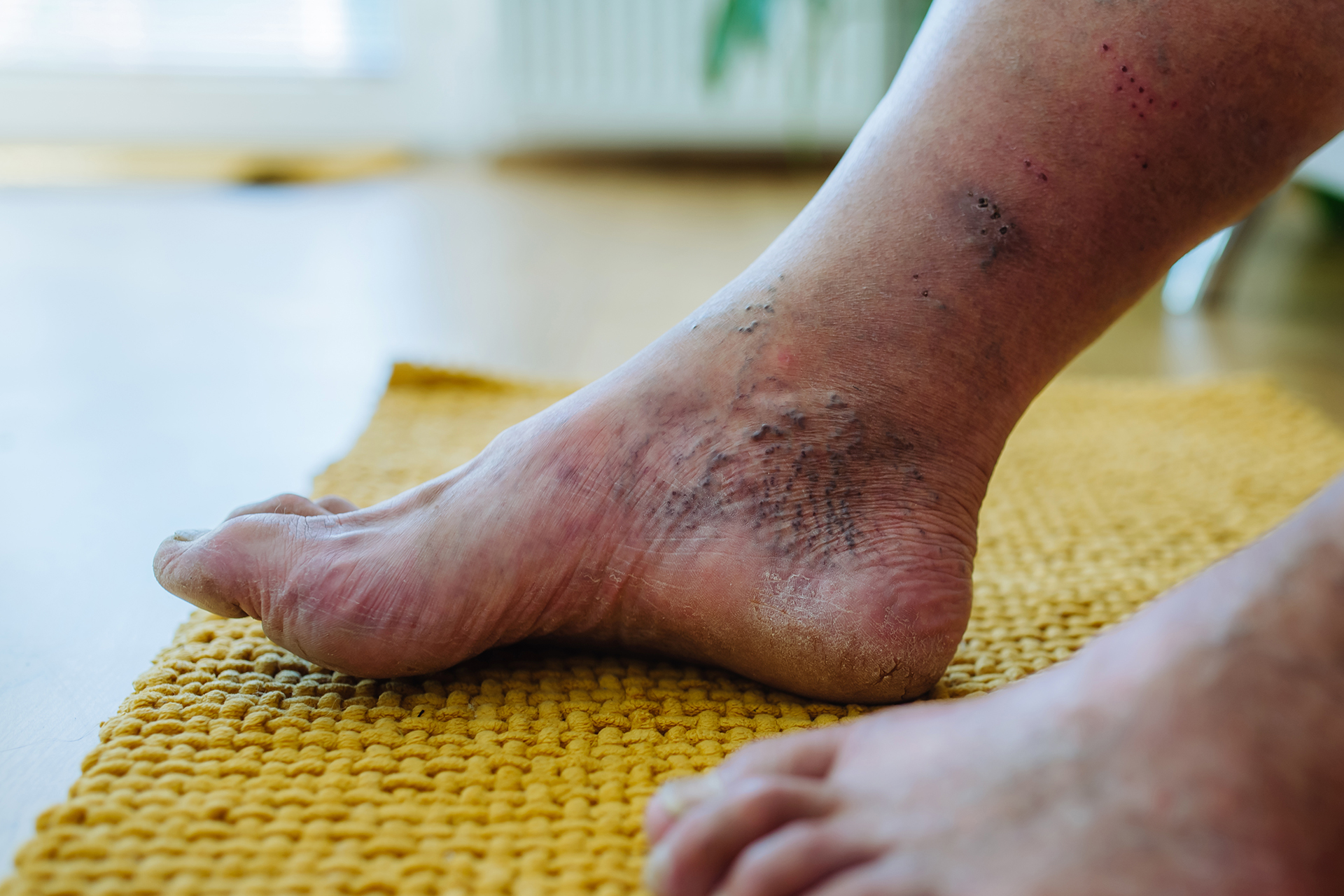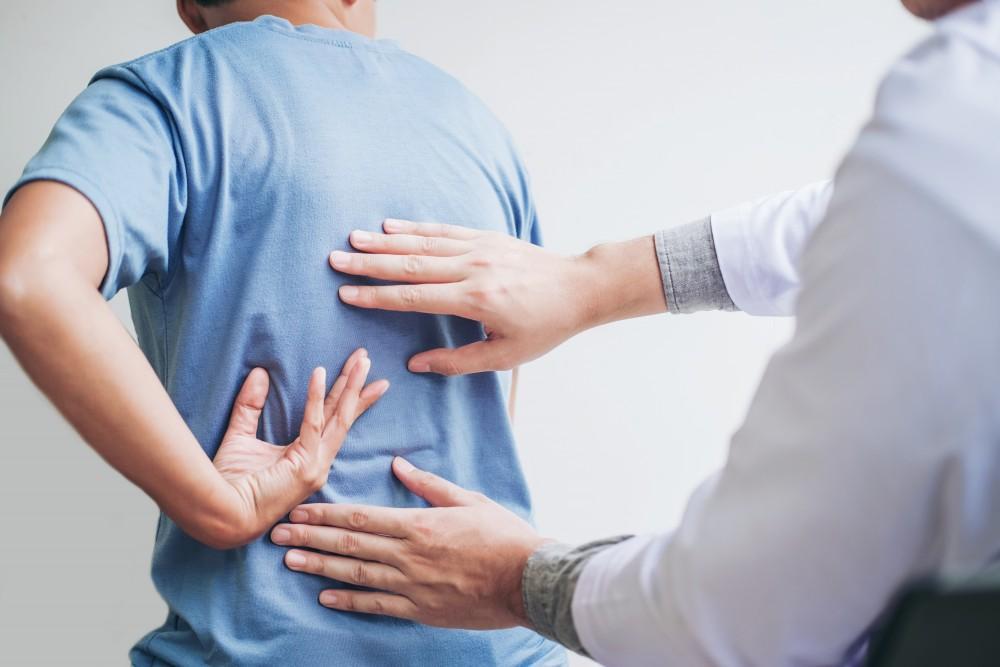Our fingers play a crucial role in our daily lives, facilitating tasks ranging from typing on a keyboard to tying shoelaces. However, they are also susceptible to injuries, whether from accidents, sports activities, or repetitive strain. In this comprehensive guide, we’ll delve into the various types of finger injuries and explore effective strategies for their treatment and speedy recovery.
Types of Finger Injuries
Finger injuries come in various forms, each with its own set of symptoms and treatment approaches. Common types include fractures, dislocations, sprains, and cuts. Fractures may result from impact injuries, while dislocations occur when the bones in the finger joint are displaced from their normal position. Sprains involve stretching or tearing of ligaments, and cuts can range from minor lacerations to deep wounds.
Immediate First Aid for Finger Injuries
In the event of a finger injury, it’s crucial to administer immediate first aid to alleviate pain and prevent further damage. Remember the acronym RICE: Rest, Ice, Compression, and Elevation. Rest the injured finger, apply ice to reduce swelling, use compression to control bleeding, and elevate the hand above heart level to minimize swelling.
Medical Treatment Options
For more severe finger injuries, medical intervention may be necessary. Depending on the nature and severity of the injury, treatment options may include splinting, casting, or surgery. Splinting or casting immobilizes the injured finger to promote proper healing, while surgery may be required to realign fractured bones or repair damaged ligaments.
Rehabilitation and Physical Therapy
Following initial treatment, rehabilitation and physical therapy play a vital role in restoring function and mobility to the injured finger. Rehabilitation exercises may include gentle stretching, strengthening exercises, and range of motion activities. Physical therapists can provide personalized treatment plans to address specific needs and facilitate a full recovery.
Home Remedies and Self-Care Tips
In addition to medical treatment, there are several home remedies and self-care tips that can aid in the healing process. Over-the-counter pain medications can help alleviate discomfort, while topical treatments such as arnica gel or aloe vera can soothe the injured area. Proper finger splinting and avoiding activities that exacerbate pain are also essential for promoting healing.
Preventive Measures
While accidents happen, there are steps you can take to reduce the risk of finger injuries. Wearing protective gear, such as gloves or finger guards, can help minimize the impact of falls or collisions. Practicing proper techniques in sports and activities can also prevent overuse injuries and strain on the fingers. Additionally, maintaining overall hand and finger health through regular exercise and stretching can help prevent injuries.
Takeaway
Finger injury treatment can be painful and debilitating, but with the right treatment and care, most individuals can achieve a full recovery. By following the strategies outlined in this guide, including immediate first aid, medical treatment, rehabilitation, and preventive measures, you can expedite the healing process and regain function in your injured finger. Remember to consult with a healthcare professional for personalized advice and guidance on your specific injury.

